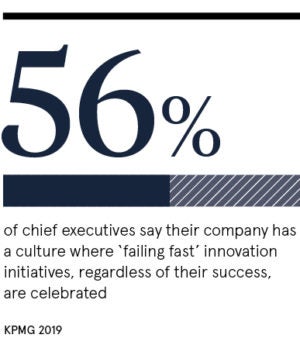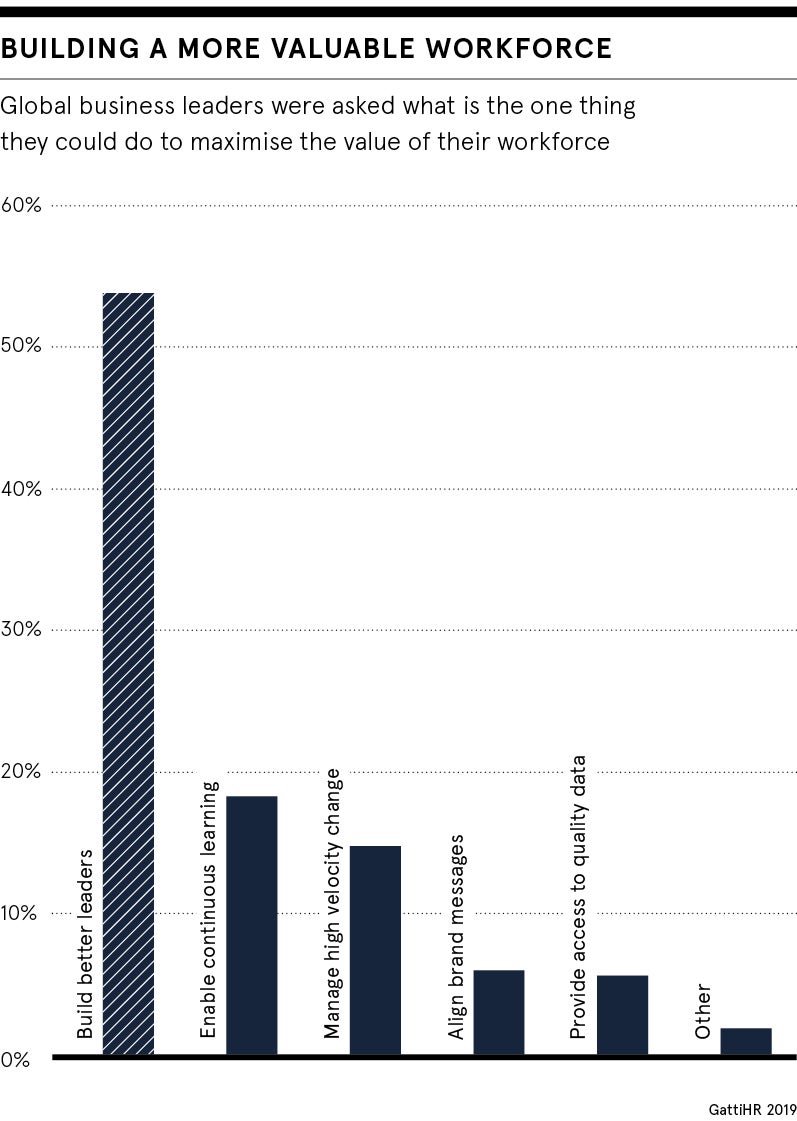When the dust settles post-coronavirus, with the likely bonfire of the corporates, culling the unprofitable, those in debt and others that are poorly run, surviving businesses will need a sharp focus on how they operate. Continual improvement processes will be crucial as a way of dealing with a host of new shocks, whether it’s tougher market conditions, digital disruption or climate crises.
“Particularly in light of recent world events, businesses are asking whether being prepared for continuous change is enough. The next step will be to test whether or not corporations are agile enough to deal with sudden, unpredictable change and future-proof themselves,” says Don Schuerman, chief technology officer at Pegasystems.
Yet many current operating models are too big, too slow and too expensive to adapt quickly. They aren’t flexible enough to weather a long, drawn-out global recession or new digital startups disrupting the status quo as they steal market share. Not to mention the slump in productivity or talent shortages now being experienced, so wholesale change management is likely to be on the cards.
“The issue is that many companies still invest in monolithic solutions that work for a certain number of years before they need a complete overhaul. This system simply doesn’t work in a world where things move so fast at all times. Instead, businesses now need to be in a position to innovate incrementally, one feature at a time,” says Nick Ford, chief technology evangelist at Mendix.
The issue with data-driven improvements
Running businesses more smoothly with worker feedback and optimising operations is nothing new; it’s how the first industrial revolution evolved into the second, the third and beyond. Humans are good at learning and implementing change rapidly. Today things are different. Continual improvement processes are based on vast tranches of data and analytics; computational ability is king.
Leaders need to encourage their people to perform at their best and give them the freedom to explore and test boundaries
For instance, BT opted to optimise more than 160 operational processes using over 260 digital workers. This resulted in upwards of 20,000 hours a month of manual human effort going back into the business due to automation. “The wealth of saved resource enabled BT’s workforce to focus on more creative and strategic problems that only human workers can achieve,” says Peter Walker, chief technology officer, Europe, Middle East and Africa (EMEA), at Blue Prism.
Continual improvement processes now tend to run in parallel with digital transformation and automation programmes. And since they’re often data heavy, they mainly fall under the remit of the chief technology officer or chief data officer, as well as IT departments. This narrow approach could be the issue. 
“Business structures and siloed ways of working must adapt for businesses to thrive. The way we approach work will need to change; for some it already is,” explains Julien Codorniou, vice president of Workplace from Facebook.
“The fact is, failing to engage employees across an entire business can have a serious impact. It is crucial employers find a way to bridge this disconnect, especially if they’re looking to transform their business.”
Continual improvement processes key to strategy
Certainly, the C-suite is starting to take control of this challenge, realising that improving operations has strategic merits as well, since it keeps businesses competitive. It’s also about how goals are framed. Those that are tactical, involve small details and incremental change, and can also be strategic, transformational or business led.
When spearheaded as a strategic goal they can rally top decision-makers, data strategists and IT departments. All those involved in this science say a holistic, collaborative approach is necessary.
“Continual improvement processes need to be owned by the entire company. Companies that often fail don’t have enough governance. Changes also need to be made in an environment that allows for safe failure, so people can try things out without fear of recrimination,” says Richard Mathias, senior technology architect for EMEA at LiveArea.
Best practice involves testbeds, sandboxes and internal startups looking to improve businesses continually from within with a dogged attention to detail. If they are chief executive led and enable risk-taking, but without huge business consequences, all the better. However, all too often projects can be stifled by micromanagement and bureaucracy, which stands in the way of real innovation.
“Micromanagement can lead to delay, frustration and failure. Discrete tasks, delegated to self-empowered teams that have all the skills necessary to deliver real outcomes, will lead to the best results and improvements over time,” says Jerome Reback, senior consultant at Montfort and a specialist in change and employee engagement.
“Rather than instruct people on what’s expected, leaders need to assume more of a team coach role, encouraging their people to perform at their best and give them the freedom to explore and test boundaries.”
The need for pockets of excellence
With big monolithic, wholesale transformational projects out of favour in a world of rapid change, what should companies do? Go for much smaller projects with improvements over time or address single departments?
Creating pockets of excellence within a large organisation appears to be vital. Companies need a strategy for repeating or reusing success in one area of the business and replicating it in another. Scaling up is crucial too, as are so-called change ambassadors who champion ideas that can work well in one space and from whom others can learn. After all, change management is a people business.

“Without a sense of personal ownership and collective team focus, any overarching corporate intent will never be realised. To shift to a continuous improvement mentality requires a shift in culture. Culture cannot be changed simply by announcing it and posting a few printed posters with slogans. Culture change comes about as a consequence of real change in the experience people have at work and a belief that the way forward is going to be better than how things were in the past,” says Reback.
“There’s nothing wrong with seeking and promoting pockets of excellence. But for change to be sustained, the approach needs to be widespread. Success lies in generating a wave of momentum that builds energy and drives collective determination to make a difference, adding value to a whole organisation.”
Indeed, any new reality needs to be different. Focusing on added value, not processes, on outcomes rather than project management, are also crucial. Failure can be seen in companies that either don’t implement enough changes or make too many. It’s also true that continual improvement processes are forever ongoing.
“This is never a programme that reaches an end-state: it’s accepting there’s continuous change in business models and technologies; it’s fluid. However, companies that want to evolve how they operate must first ensure they have the right tools in place to take every employee on the journey with them,” explains Workplace from Facebook’s Codorniou.
The fact is it is a journey and a never-ending one at that. Those companies that are hot on continually improving their businesses processes will survive, weighing up the tactical and strategic smaller projects with holistic ones. It’s also a fine balancing act, which many more will have to embark on.
The issue with data-driven improvements




